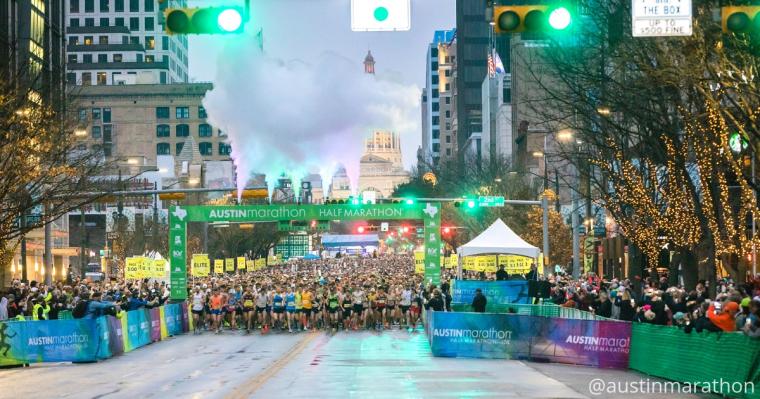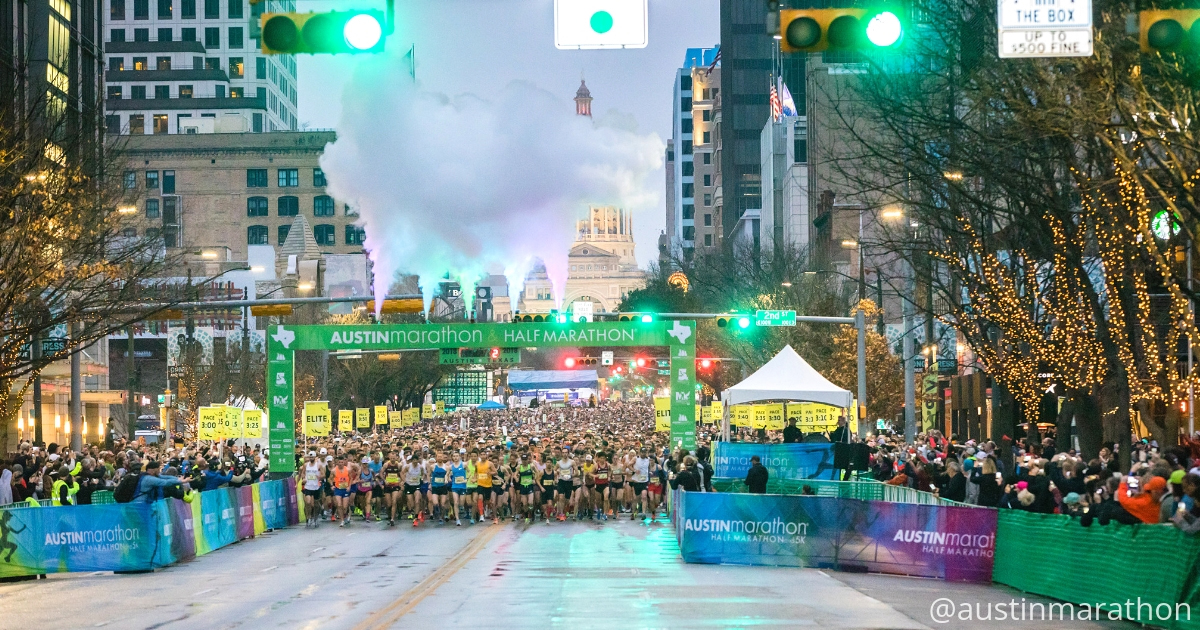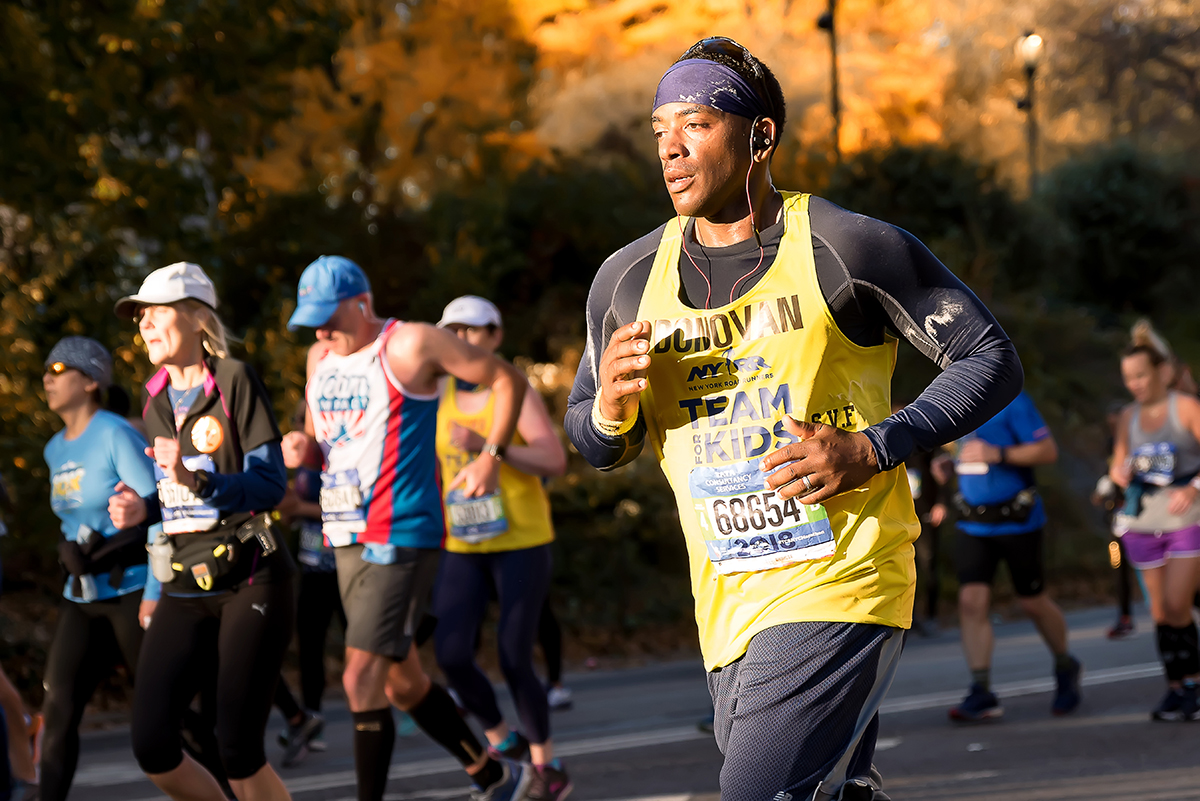
 There’s always something event planners can learn, even when it’s outside their intended scope. As a director of running events (marathons, half marathons, 10Ks, etc.), triathlons, trail runs and even entertainment events like music festivals, we learn new things every day. We’re also glad to pass on what we’ve learned, too.
There’s always something event planners can learn, even when it’s outside their intended scope. As a director of running events (marathons, half marathons, 10Ks, etc.), triathlons, trail runs and even entertainment events like music festivals, we learn new things every day. We’re also glad to pass on what we’ve learned, too.
One of the things that remains unchanged in many road race calendars is the fact that these events and others like them are generally held on weekends. They are done this way for several reasons. They’re one-day events and as such, are convenient to more people if they’re held on days they don’t have to work. They generally start early in the morning, too; early events are part of the runner mindset.
A second reason for hosting weekend events, of course, is traffic. In most cases, road races (or sports events that also involve road races such as triathlons) necessitate either street closures or at least lane closures. This is far easier to accomplish on weekends than on weekdays.
And with the exception of enormous events (which we’ll talk about in a minute), race events like marathons, triathlons and so on are traditionally held on weekends because most people participating in them are not professional athletes. They’re not likely to take a day off to compete; however, if the city is enticing enough, you may see them arrive a day or so early or extend their stay after the event is over.
There are, of course, exceptions to the weekends-only rule; the Boston Marathon, for example, is held on a Monday each year. As one of the largest road running events in the world, it not only closes entire streets (and blocks) but draws plenty of spectators. Other sports, not just running, also see high-level events that are held during the week – and they don’t necessitate street closures. These might include national championships, Olympic trials and more. And there are, of course, plenty of other good reasons for hosting an event at non-traditional times. These reasons include:
•Ability to book the venue that is needed and not contend with other activities
•Lower room rates in hotels in and around the competition area
•Encouragement of longer stays – which of course means a boost to tourism (something few cities are going to be upset about)
 Depending upon the city the event calls home, there may be busier times – or times when facilities are in greater demand. Here in Austin, our hometown, there isn’t really a ‘down’ season as far as tourism goes (the city is popular all year long); however, it’s safe to state that for longer race distances, it is preferable for us to host in months like December, January or February, since the cooler temperatures make for more comfortable distance running.
Depending upon the city the event calls home, there may be busier times – or times when facilities are in greater demand. Here in Austin, our hometown, there isn’t really a ‘down’ season as far as tourism goes (the city is popular all year long); however, it’s safe to state that for longer race distances, it is preferable for us to host in months like December, January or February, since the cooler temperatures make for more comfortable distance running.
Having said that, though, there are plenty of shorter races – 5Ks, 10Ks and even half marathons – that are held in the warmer months. They do not seem to suffer from those temperatures and people still enjoy them.
There are a number of reasons to host events in cities during off-peak seasons, off-peak days and even off-peak hours. When it comes to off-peak hours, we have seen some running events benefit enormously from the novelty of being held at times that fall outside the norm. For example, there’s a 5K in Austin called Maudie’s Moonlight Margarita Run. It has become an iconic event, and it’s held on a Thursday night in June of each year. It’s a fund raiser for Austin’s beloved Butler Hike-and-Bike Trail and ends with an enormous post-race party with margaritas.
Obviously, this is an event that varies from the typical 5K format and it has become a tremendous success. Runners love the novelty of it and its fun, laid-back format. They love being greeted at the finish line with a margarita as well (obviously). For that reason, it continues to be wildly popular and will celebrate its 15th running in 2019. This is an example of an event that took a non-traditional approach and made it work.

Sometimes, the shift to an out-of-season event is dramatic (meaning it’s done at a completely off-the-beaten-path time) and sometimes, it’s more subtle. An event can be held just a few weeks off-peak (earlier or later than the main competition season) and it can make a tremendous difference in terms of hotel rates as well as athlete attendance. And if you market it as a special opportunity, you’re likely to attract even more attention to it.
Once you have a successful event happening at an off-peak time, you want to do everything you can to keep it going well. (Obviously, this is important to events taking place during the regular competition season as well.) Something to keep an eye on is trends in your event, as these will help you market it on a continuing basis.
For example, our recent 3M Half Marathon celebrated its 25th anniversary and saw the largest field in its entire history, although it just keeps growing. A few of the trends we noticed – and things that made the event unique – were as follows:
• This is a popular event for those who want to run a first-time half marathon. We think this is because it has a small-town feel that people enjoy.
• It’s something that draws runners from all over; this year, we even saw attendance from Alaska.
• It has become popular for a girls’ weekend away. That is likely because Austin is a great destination as well, with plenty of opportunities for entertainment, shopping and dining.
These trends provide a good jumping-off point for doing promotions and an opportunity to capitalize on the successes the event has enjoyed.
Social media involvement is a great way of driving eyeballs not only to your event but to the area hosting it. In our city, the promotion of the hashtag, #discoveryouraustin, has encouraged runners and spectators to publicize things they thought were unique or cool about the city. For example, there is a great coffee shop where spectators could refuel, or where athletes could go for a post-race brunch. When visitors use the hashtag in places like that, they build an organic awareness of the city and its attractions. We are glad to see them do so because of course, it just means more good publicity for Austin – and maybe even an increase of visitors each year.
We’ve also capitalized on the fact that Austin is a live music capital. Having live music during events or at post-race parties, or in standalone events, can also make someone’s experience unique. It can convince them to come back to our city. We take our reputation as a live music capital pretty seriously and we do everything we can to promote it.
The point is this: Find out what your event does well. Why does it have such a good reputation? Who does it attract? Why do people like it? Most of all, what makes it unique? Those are all the things you want to market as you go about scheduling it and publicizing it. Remember too, that if you’re doing an event for the first time, you need it to go well. If you are unable to accomplish that, it is significantly harder to attract people to future versions of the event. You want to build a good experience, after all, and give people a reason to come back for more.
Something else we have learned – and it’s important to promoting your event (in any market and at any time, but it will definitely come in handy when you’re trying to introduce an off-season event) – is this: build your relationships. You likely will want to have formed strong relationships with the individuals and organizations in a city who can help you succeed: the sports commission or convention and visitors’ bureau, the police department, the mayor’s office, community associations in the area and so on. These are all your stakeholders and they’re all the people who stand to benefit from your event if it goes well.
Here’s an example: Our recent 3M Half Marathon ran on a Sunday. (Not all races do but there are, after all, only two days in a weekend.) And while Sundays usually mean quieter streets, they are also very important to at least one group: churches. We worked very hard to meet with the churches in the area that stood to be affected by the race, in order to make sure the people going to services were not going to have problems getting in and out that day. Establishing and keeping a good relationship with this part of the community is obviously important as well.
Relationships, however, are not a switch that can be flipped overnight – they that take time to build and they take work and communication. Learn your constituencies and work to make them happy. Some event owners might think, “It’s just one day” or “This is a special event,” but the fact is you want the community to be glad you were there. Listening to their concerns and then working with them to find a solution is the most important thing you can do and will pay dividends in local support for your event.
Hosting an event means highlighting what makes it special. We have seen this with our running events, triathlons, entertainment events, watch parties for sports, expos and more. What makes it unique? If it is the time of year (or even time of day) you host it, make sure prospective attendees know that – and make sure they understand how they can benefit from being part of that event. If it’s an event that is held at a regular time, look for what differentiates it from others.
While not every event may lend itself to a non-traditional date (or even time), plenty of events will. In all cases, marketing the event well, building good relationships with the community for your event and capitalizing on what makes that event unique can help create a win for everyone involved. SDM

